Homes can feel static if the décor never changes. Seasonal décor swaps offer a simple solution. They keep spaces lively, relevant, and inspiring throughout the year. Adjusting colors, textures, accents, and faith-inspired artwork for the living room lets rooms evolve with the seasons. Small changes create a significant impact without major renovations. It also adds anticipation, making each season feel distinct and exciting. Seasonal décor is not only decorative, but it is a way to engage with your environment and reflect the rhythm of life.
Understanding Seasonal Colors
Colors define the mood of a room. Spring calls for soft pastels, fresh greens, and floral tones. Summer favors vibrant, energetic shades like coral, turquoise, and yellow. Fall embraces warm hues of rust, gold, and deep red. Winter often uses cooler tones, metallics, and muted shades. Recognizing these color patterns helps you plan swaps efficiently. Changing accent pieces such as pillows, throws, or wall art to match seasonal palettes refreshes the room instantly. Colors set the emotional tone of each season with minimal effort.
Layering Textures for Seasonal Effect
Texture enhances seasonal transitions. Lightweight fabrics like linen or cotton work well in spring and summer. Heavier materials such as wool, velvet, or faux fur are cozy for fall and winter. Layering textures adds depth while creating a tactile experience. Seasonal throws, cushions, and rugs allow the room to feel current and comfortable. These subtle swaps help maintain warmth or lightness appropriate to the weather. Textures make décor feel purposeful, not merely decorative.
Swapping Wall Art and Prints
Wall décor can be refreshed seasonally. Replace artwork or framed prints to reflect seasonal themes. Spring might feature botanical prints, while summer could embrace coastal imagery. Fall brings landscapes with autumn foliage, and winter can include serene snow scenes or festive motifs. Rotating wall art adds visual interest and reinforces the seasonal atmosphere. It is also an inexpensive way to make the room feel new without rearranging furniture or committing to permanent changes.
Considering Seasonal Centerpieces and Accents

Tables and shelves are ideal for small seasonal swaps. Centerpieces can highlight flowers, candles, or decorative items in line with the season. Summer arrangements might feature bright flowers or shells, while fall favors pumpkins and rustic elements. Winter lends itself to evergreen branches, pinecones, or metallic accents. Changing these details ensures the room feels aligned with the season. Even minor updates bring freshness and invite attention to overlooked spaces.
Updating Window Treatments
Curtains and blinds influence both light and style. Lightweight, airy curtains suit spring and summer, letting sunlight enhance the room. Thicker, insulated drapes work well for fall and winter, providing warmth and comfort. Window treatments also offer an opportunity to introduce seasonal colors or patterns subtly. Even small swaps can change the perception of space and mood. This approach ensures the room is visually and functionally suited to the time of year.
Rearranging Furniture and Layouts
Seasonal swaps aren’t only about color or accessories. Rearranging furniture can redefine space for comfort and style. Summer might benefit from open layouts to maximize airflow and light. Winter layouts can be cozier, bringing seating closer for warmth and conversation. Moving pieces around encourages engagement with the room and highlights different features each season. Even slight adjustments refresh the home environment and create a new experience.
Incorporating Seasonal Scents
Scent is often overlooked but critical to seasonal décor. Candles, diffusers, or essential oils enhance the atmosphere. Spring may feature fresh floral or citrus aromas, summer brings ocean or fruit notes, fall highlights spices like cinnamon or nutmeg, and winter emphasizes pine or vanilla. Scents complement visual décor, creating a full sensory experience. They make seasonal swaps more immersive, ensuring every visit to the room feels aligned with the time of year.
While seasonal swaps bring variety, cohesion matters. Choose décor pieces that match your home’s overall style, even as colors and accents change. Repeating certain textures or patterns across seasons helps maintain visual harmony. Thoughtful rotation allows the home to feel dynamic without losing personality. Each season’s update should feel intentional, reinforcing rather than confusing the room’s aesthetic. When done well, seasonal décor swaps make your home feel lively, elegant, and carefully curated all year long.…

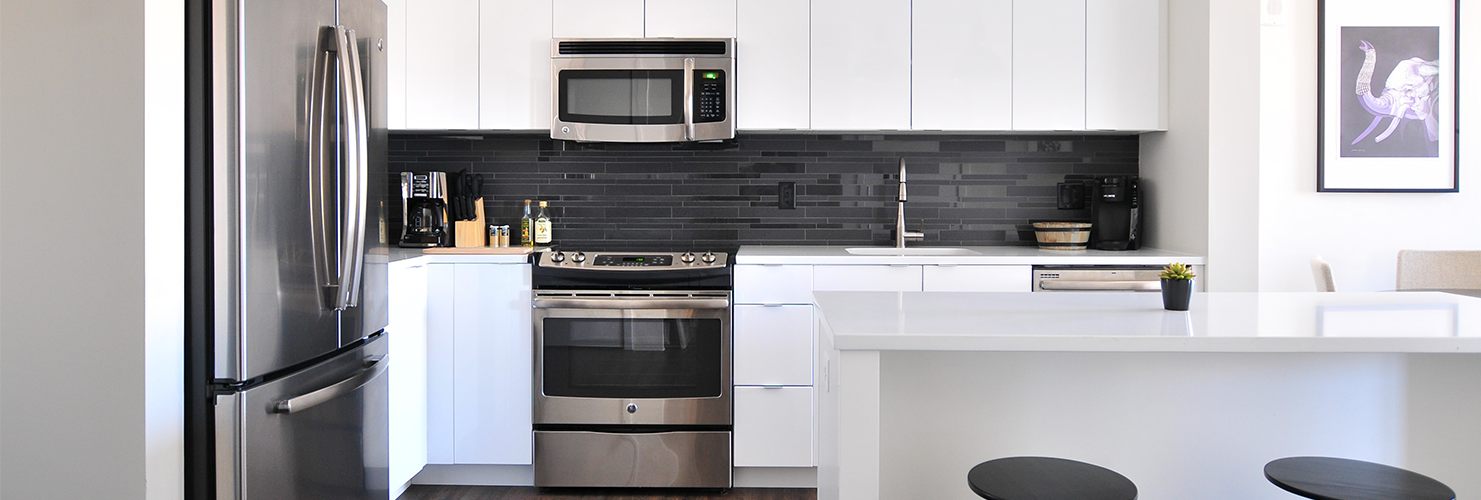


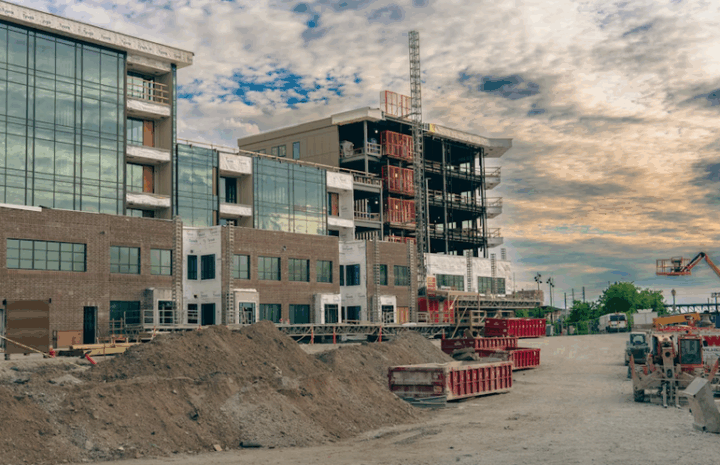
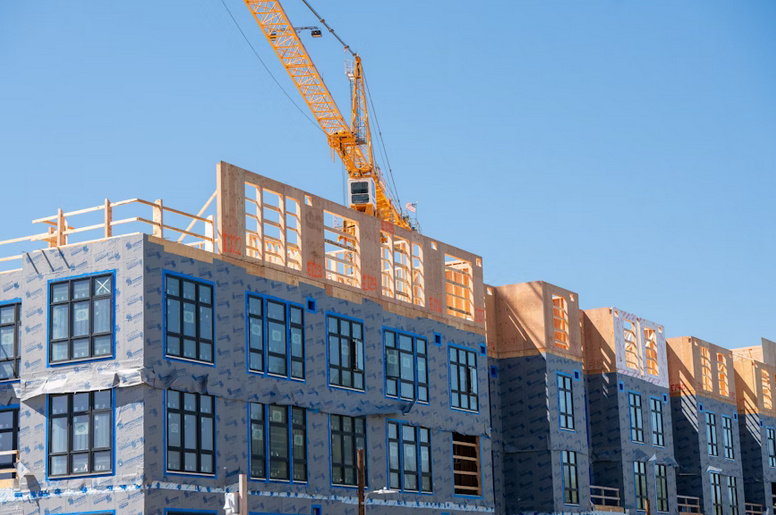
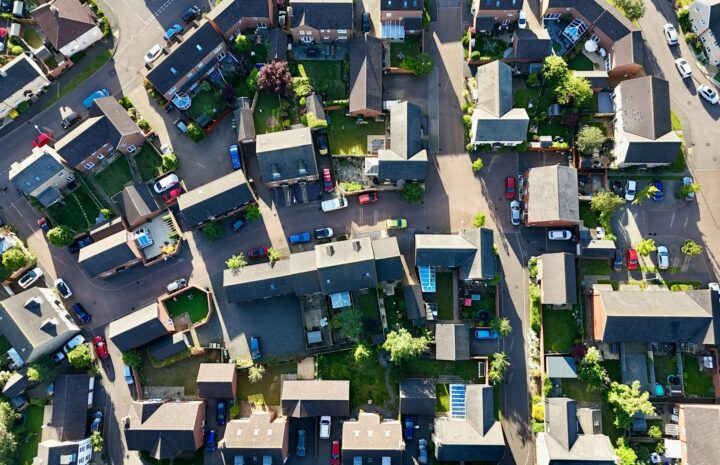


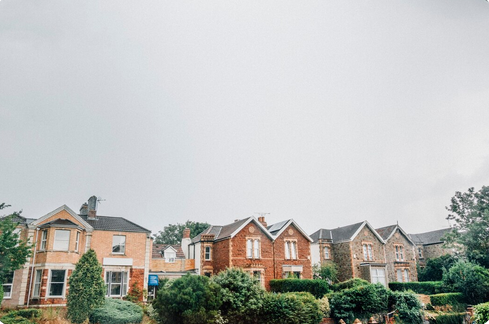

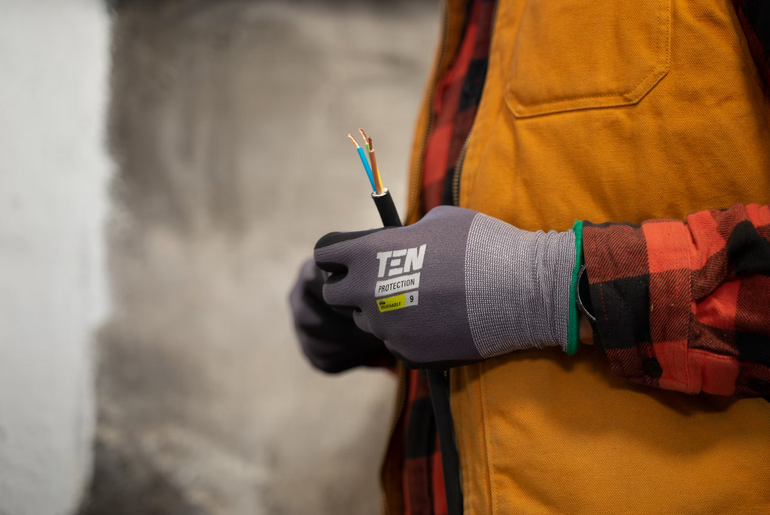
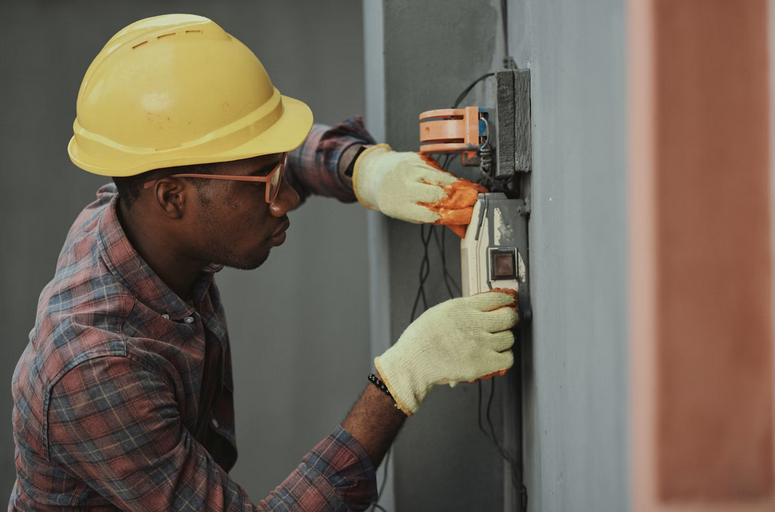
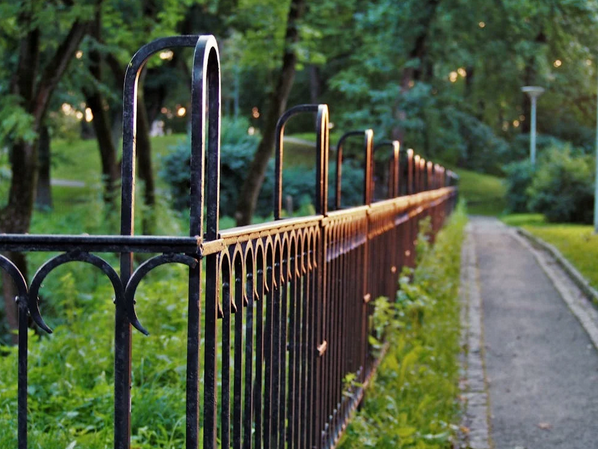

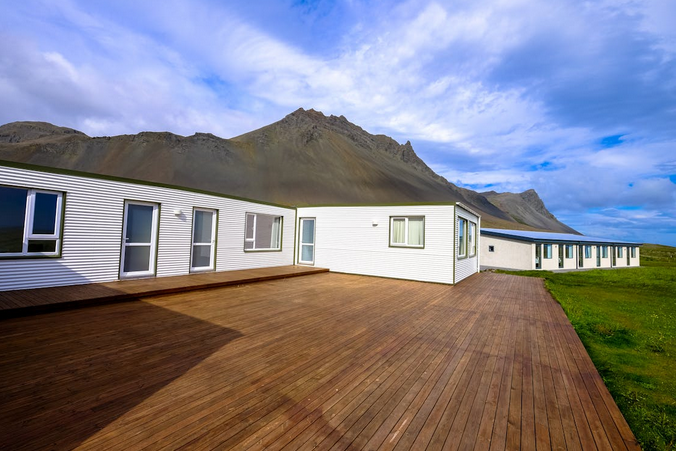
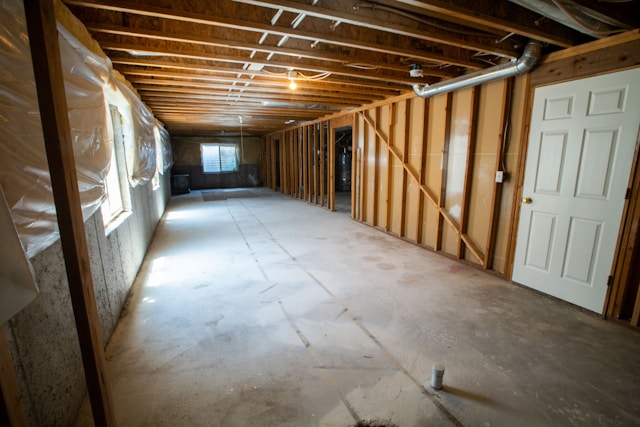
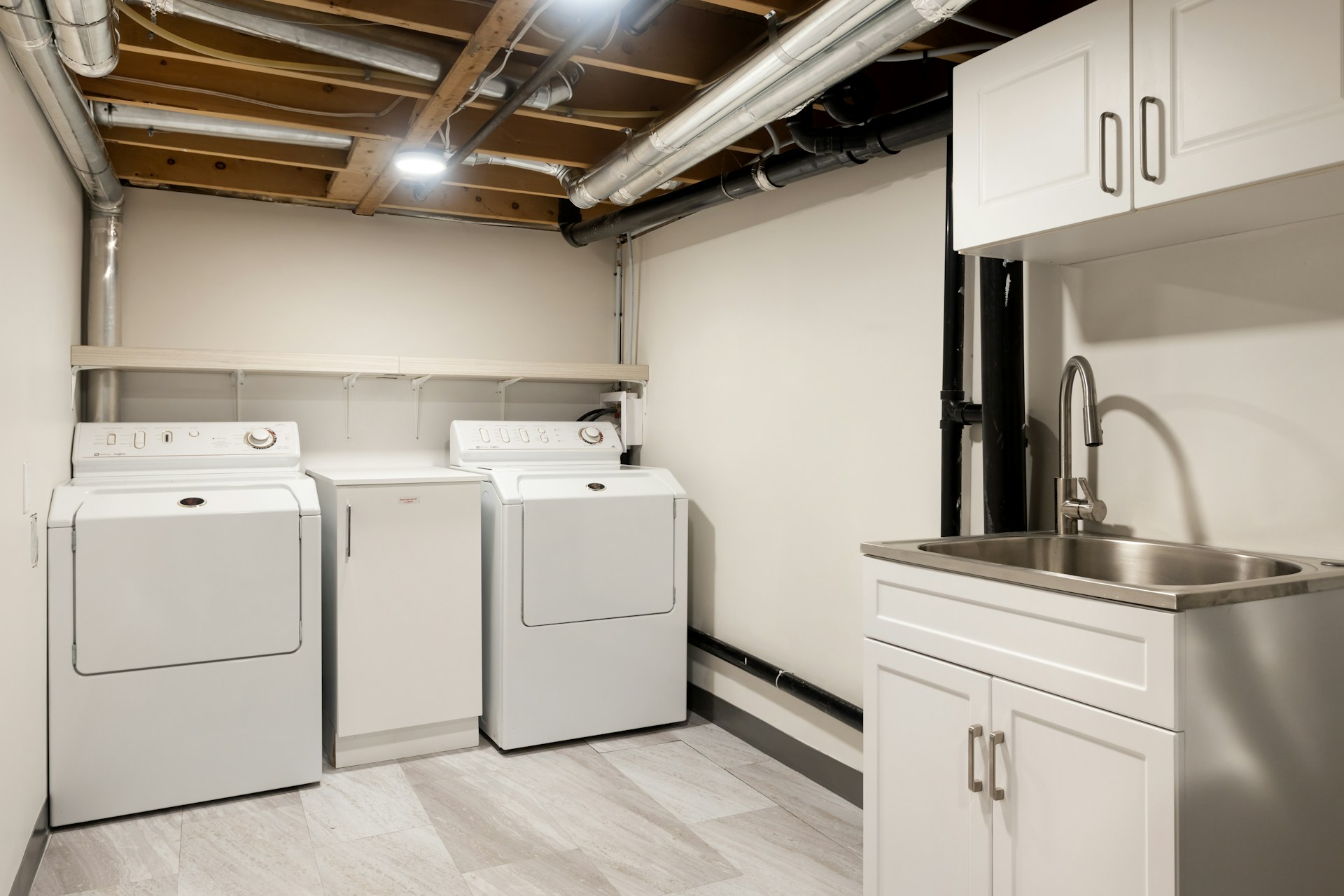


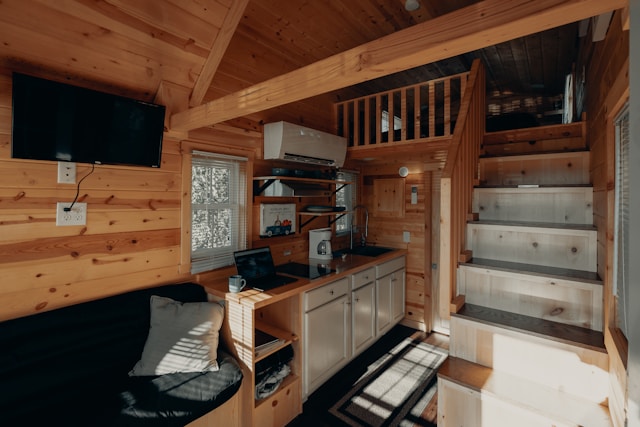

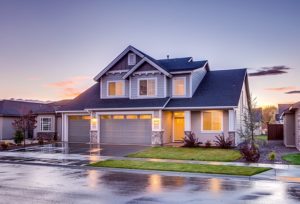 Co-living spaces have gained popularity in recent years as an alternative housing option for individuals looking to minimize costs while enjoying a sense of community. These spaces typically offer private bedrooms within shared apartments or houses, allowing residents to split rent and utilities.
Co-living spaces have gained popularity in recent years as an alternative housing option for individuals looking to minimize costs while enjoying a sense of community. These spaces typically offer private bedrooms within shared apartments or houses, allowing residents to split rent and utilities.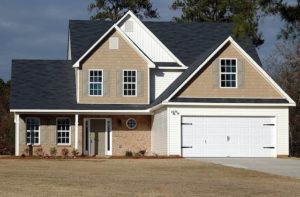 Government-subsidized housing programs can be an essential resource for individuals seeking affordable housing in expensive cities. Programs such as Section 8 in the United States or social housing initiatives in Europe provide financial assistance to eligible individuals or families, allowing them to secure affordable rental accommodations.
Government-subsidized housing programs can be an essential resource for individuals seeking affordable housing in expensive cities. Programs such as Section 8 in the United States or social housing initiatives in Europe provide financial assistance to eligible individuals or families, allowing them to secure affordable rental accommodations.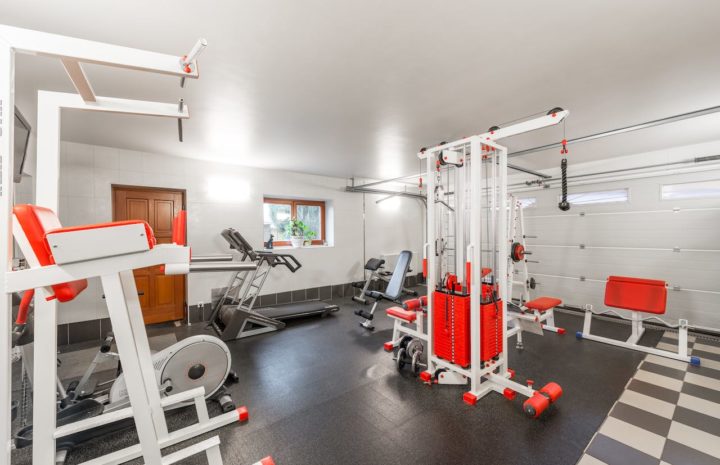
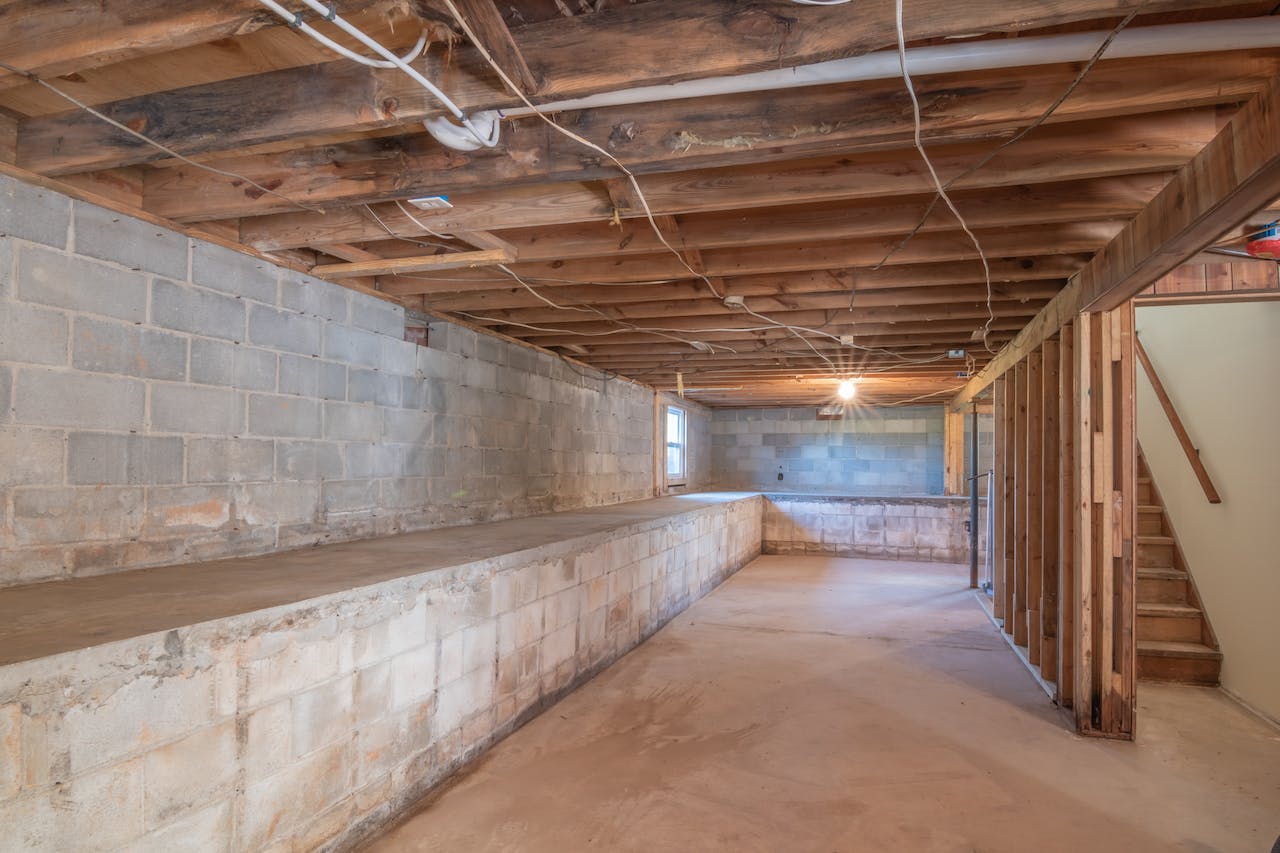
 One of the primary advantages of smart outdoor lighting is its
One of the primary advantages of smart outdoor lighting is its 


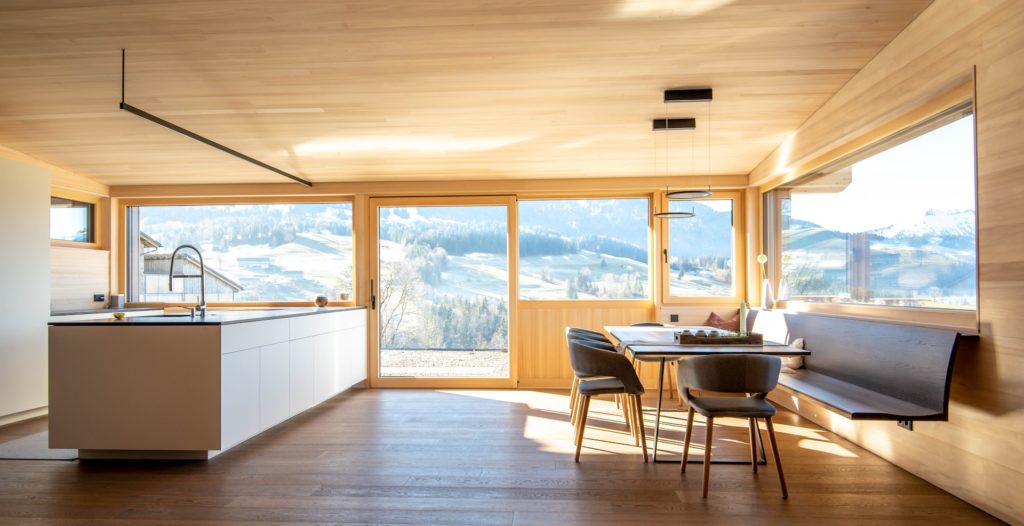


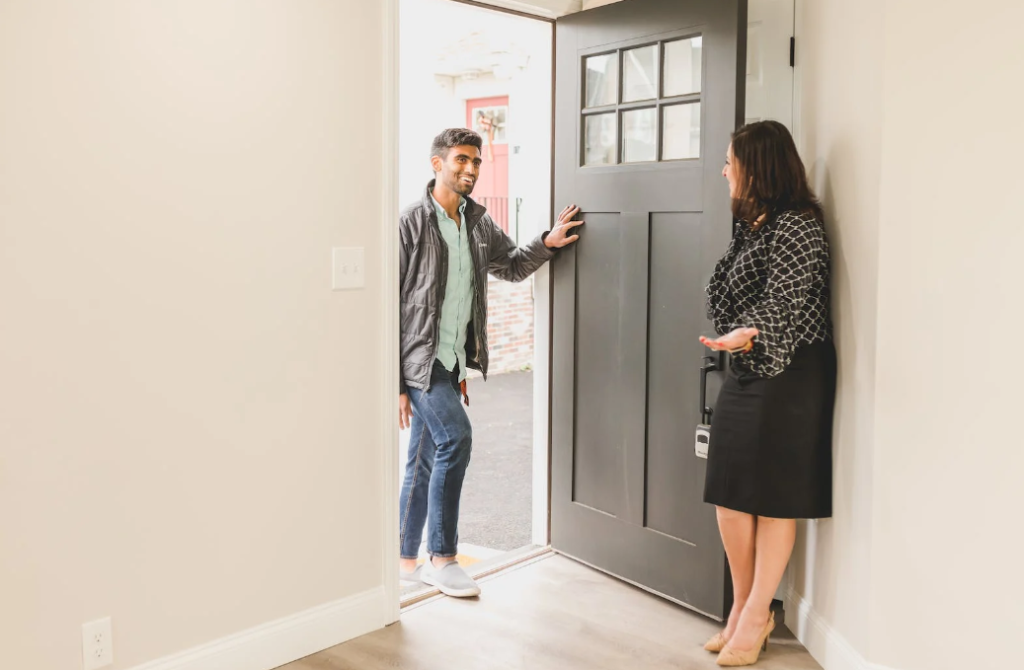
 The first step in starting a small business at home is coming up with your business idea. This can be anything from selling handmade jewelry to offering pet-sitting services. If you’re not sure what type of business you want to start, take some time to brainstorm and come up with a few ideas.
The first step in starting a small business at home is coming up with your business idea. This can be anything from selling handmade jewelry to offering pet-sitting services. If you’re not sure what type of business you want to start, take some time to brainstorm and come up with a few ideas. This document will outline your business goals, strategies, and how you intend to achieve them. A business plan is essential for keeping your small business on track and helps you secure funding from investors or lenders. If you’re unsure where to start, the Small Business Administration has a helpful guide on writing a business plan.
This document will outline your business goals, strategies, and how you intend to achieve them. A business plan is essential for keeping your small business on track and helps you secure funding from investors or lenders. If you’re unsure where to start, the Small Business Administration has a helpful guide on writing a business plan. One of the best ways to add art to your
One of the best ways to add art to your  Last but not least, if you’re such a minimalist, you can use a grid layout. This is a great way to add art to your home décor without going overboard. To create a grid layout, start by choosing the artwork you want to display. Then, determine how many pieces will fit in each row and column.
Last but not least, if you’re such a minimalist, you can use a grid layout. This is a great way to add art to your home décor without going overboard. To create a grid layout, start by choosing the artwork you want to display. Then, determine how many pieces will fit in each row and column. It’s important to do some basic
It’s important to do some basic  It will become much harder to clean if you let things build up around your
It will become much harder to clean if you let things build up around your 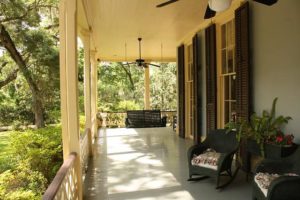 If you have an outdoor space, such as a patio or
If you have an outdoor space, such as a patio or  Once you have created a relaxing environment, you need to add some comfortable furniture. This will make it easy for you to relax and spend time in the space. When selecting furniture, it is important to choose comfortable and stylish pieces.
Once you have created a relaxing environment, you need to add some comfortable furniture. This will make it easy for you to relax and spend time in the space. When selecting furniture, it is important to choose comfortable and stylish pieces.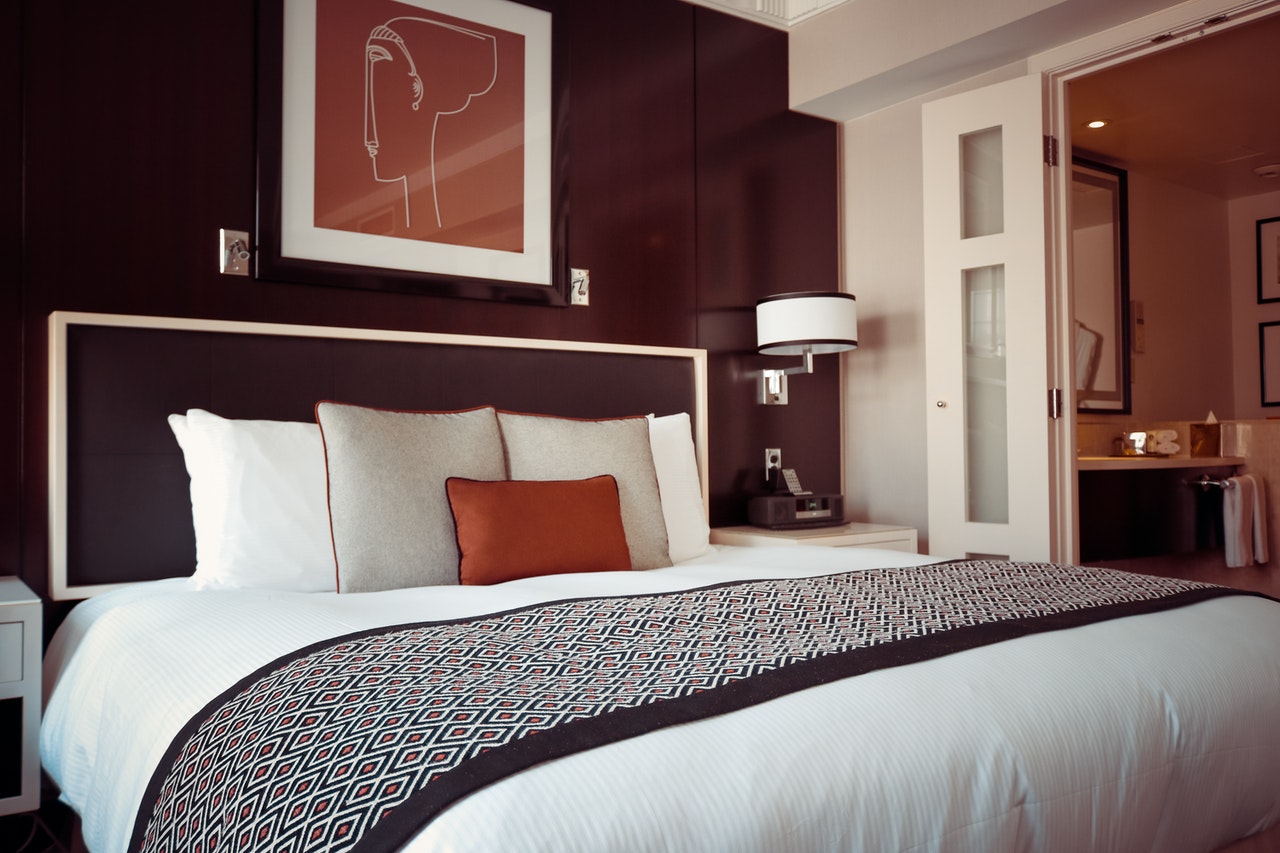
 By adjusting the bed to your desired position, you can find a comfortable position that helps to ease your pain. This is something that you won’t be able to do with a regular bed. A simple pain can turn into a chronic one if not addressed properly.
By adjusting the bed to your desired position, you can find a comfortable position that helps to ease your pain. This is something that you won’t be able to do with a regular bed. A simple pain can turn into a chronic one if not addressed properly.
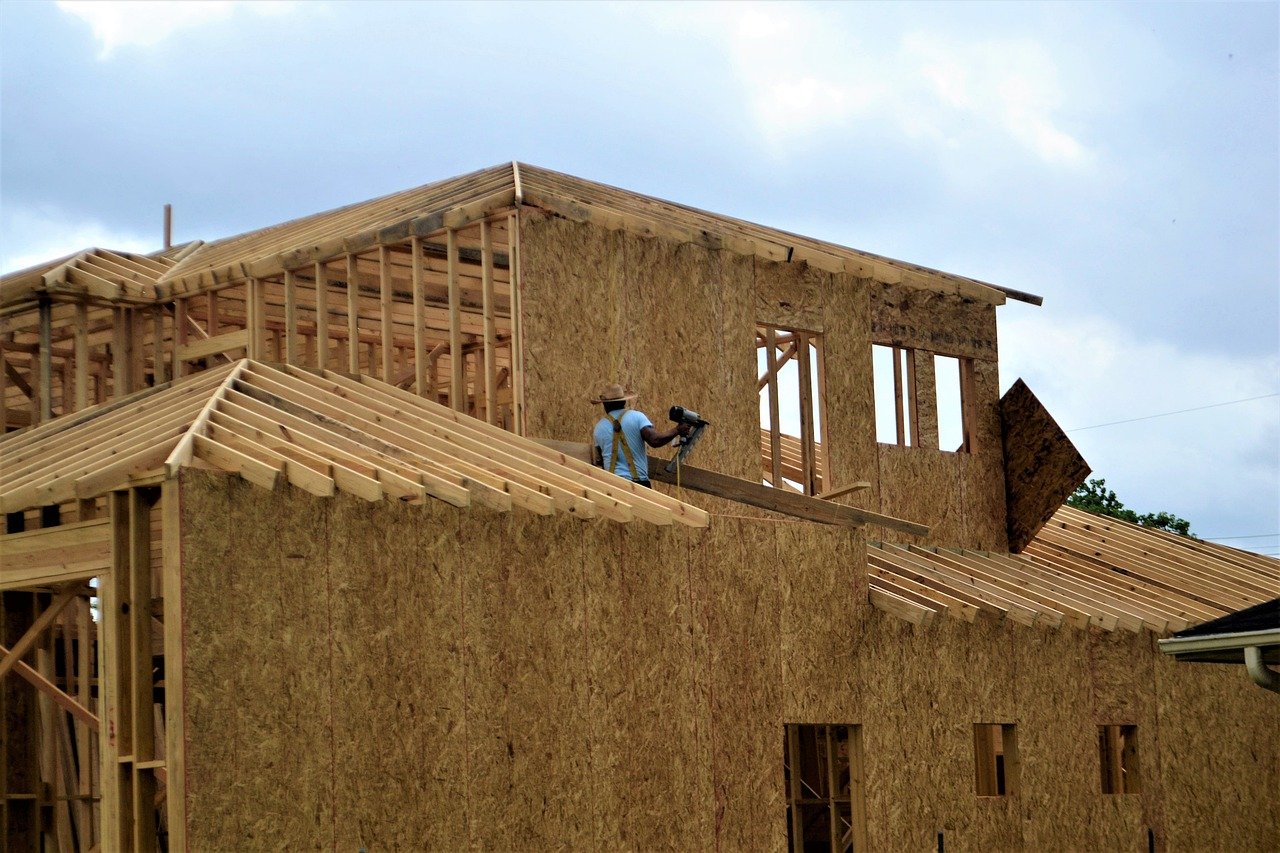
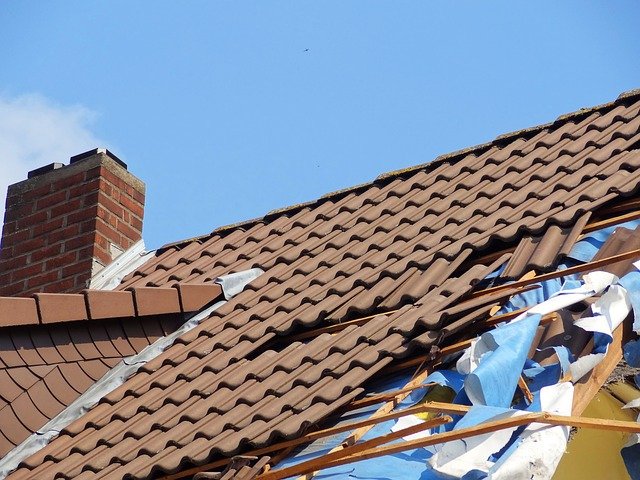
 Although DIY projects are trendy, they’re not always in your best interest. When it comes to residential roofing repairs or replacement, the job is often too big and complicated for even the most experienced DIYer. Why? Because a professional has all of the tools necessary to get the job done quickly and efficiently. That means less time spent on the roof and less money spent on materials.
Although DIY projects are trendy, they’re not always in your best interest. When it comes to residential roofing repairs or replacement, the job is often too big and complicated for even the most experienced DIYer. Why? Because a professional has all of the tools necessary to get the job done quickly and efficiently. That means less time spent on the roof and less money spent on materials.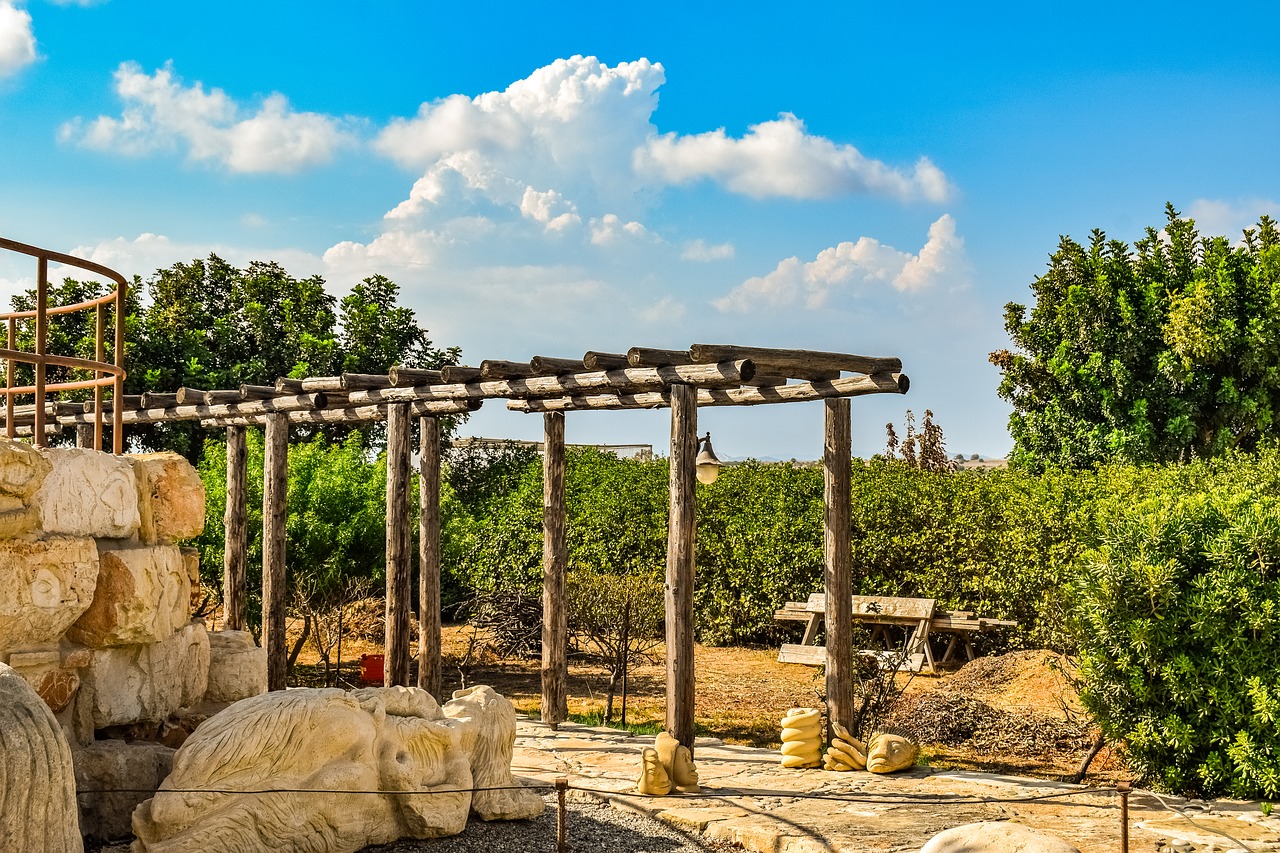
 One of the most important things to consider when building a pergola is where to put it. Make sure to pick an area that gets lots of sun, as this will help your plants grow. You’ll also want to make sure there’s enough space for the pergola in your yard. Many people buy a pergola kit that includes the beams and other materials, but it can get pricey if you have to purchase each piece separately.
One of the most important things to consider when building a pergola is where to put it. Make sure to pick an area that gets lots of sun, as this will help your plants grow. You’ll also want to make sure there’s enough space for the pergola in your yard. Many people buy a pergola kit that includes the beams and other materials, but it can get pricey if you have to purchase each piece separately. Now it’s time to install the roofing material. If you’re using shingles, be sure to follow the instructions that come with your kit or plan. It’s a good idea to use a ladder when installing shingles, as it can be tricky to reach some of the higher spots. If you’re using a different type of roofing material, be sure to read the instructions carefully to know how to install it properly.
Now it’s time to install the roofing material. If you’re using shingles, be sure to follow the instructions that come with your kit or plan. It’s a good idea to use a ladder when installing shingles, as it can be tricky to reach some of the higher spots. If you’re using a different type of roofing material, be sure to read the instructions carefully to know how to install it properly.
 One of the best ways to cook vegan food at home is finding recipes that you can quickly and easily. Many different websites and cookbooks offer vegan-friendly recipes, so be sure to do some research before getting started. This way, you’ll know exactly what ingredients you need for each recipe and how to prepare them. You can also find vegan recipes on some of your favorite cooking websites, like this one.
One of the best ways to cook vegan food at home is finding recipes that you can quickly and easily. Many different websites and cookbooks offer vegan-friendly recipes, so be sure to do some research before getting started. This way, you’ll know exactly what ingredients you need for each recipe and how to prepare them. You can also find vegan recipes on some of your favorite cooking websites, like this one.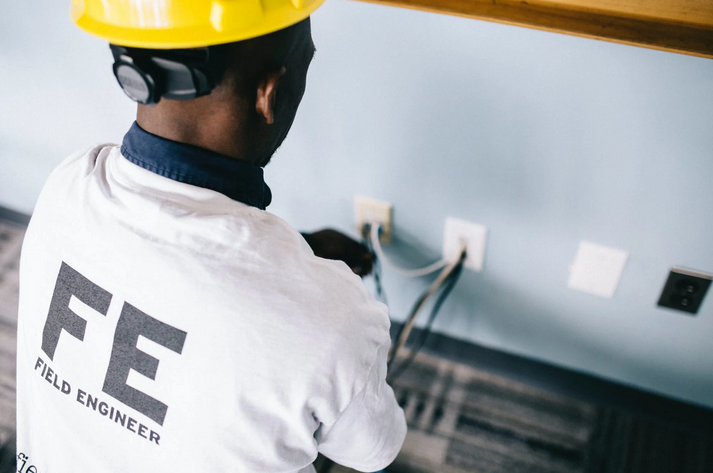
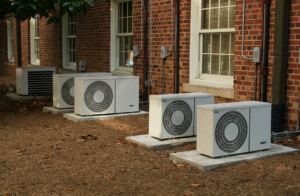 When you decide to call an
When you decide to call an  In addition to repairing your air conditioner, a reputable company will ensure that the unit remains healthy for years after they finish their work. They can provide you with maintenance services, so your system doesn’t break down again, and they can even suggest ways to keep your air conditioner running as efficiently as possible.
In addition to repairing your air conditioner, a reputable company will ensure that the unit remains healthy for years after they finish their work. They can provide you with maintenance services, so your system doesn’t break down again, and they can even suggest ways to keep your air conditioner running as efficiently as possible. When an air conditioner breaks down, it can be tempting to buy a new one. However, this isn’t always the best solution. Aircon units are expensive to purchase new, and they can be very costly to install. If you have a reliable company fix your aircon, you won’t have to spend the extra money on a new one. In addition, you can be sure that the unit will be installed correctly and that it will run efficiently for years to come.
When an air conditioner breaks down, it can be tempting to buy a new one. However, this isn’t always the best solution. Aircon units are expensive to purchase new, and they can be very costly to install. If you have a reliable company fix your aircon, you won’t have to spend the extra money on a new one. In addition, you can be sure that the unit will be installed correctly and that it will run efficiently for years to come.
 The next step is to inspect the wheel for any damages. This can be done by checking the tire, spokes, and rim. If you see any damage, take pictures of it so that you have a reference when you go to purchase the replacement parts.
The next step is to inspect the wheel for any damages. This can be done by checking the tire, spokes, and rim. If you see any damage, take pictures of it so that you have a reference when you go to purchase the replacement parts.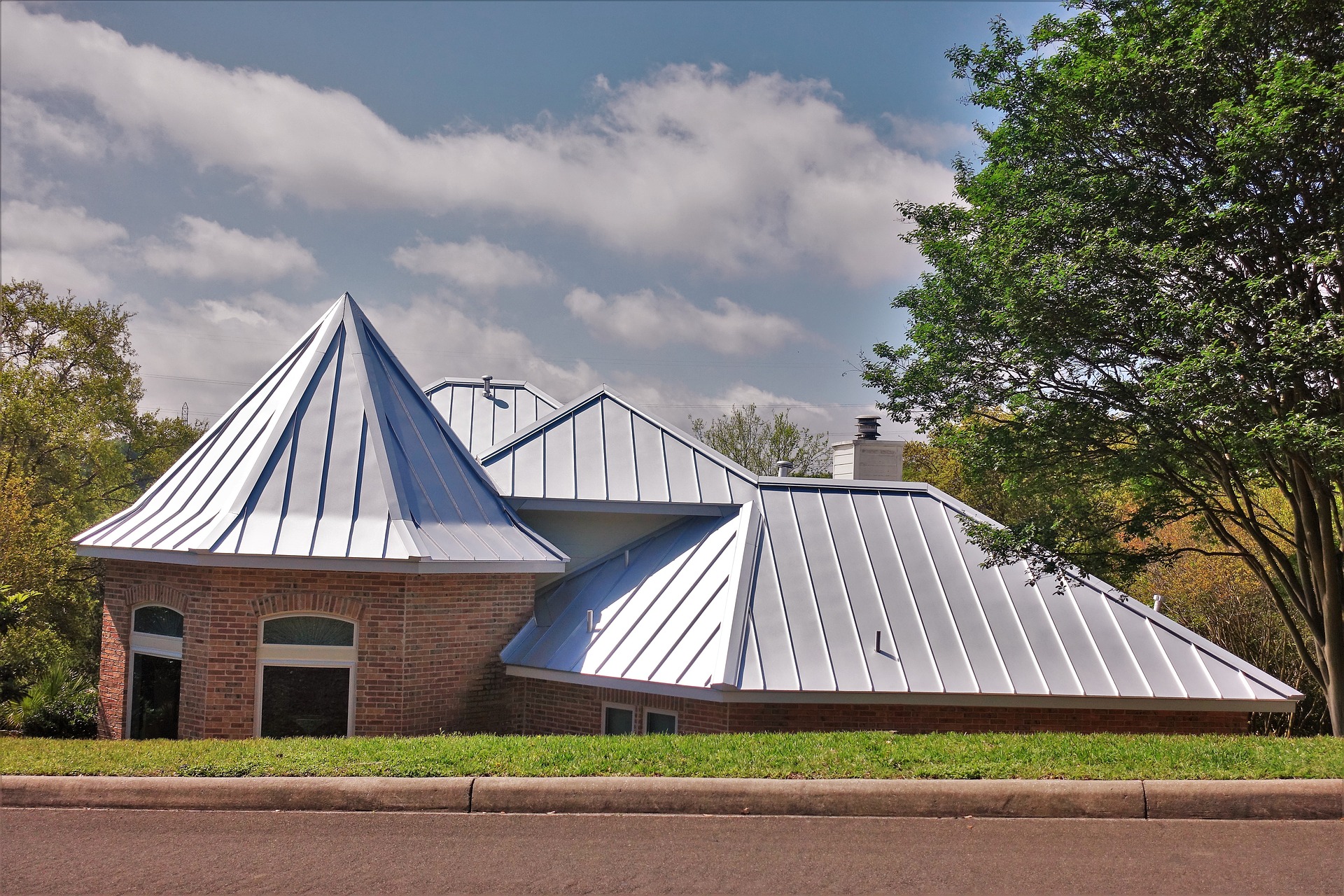
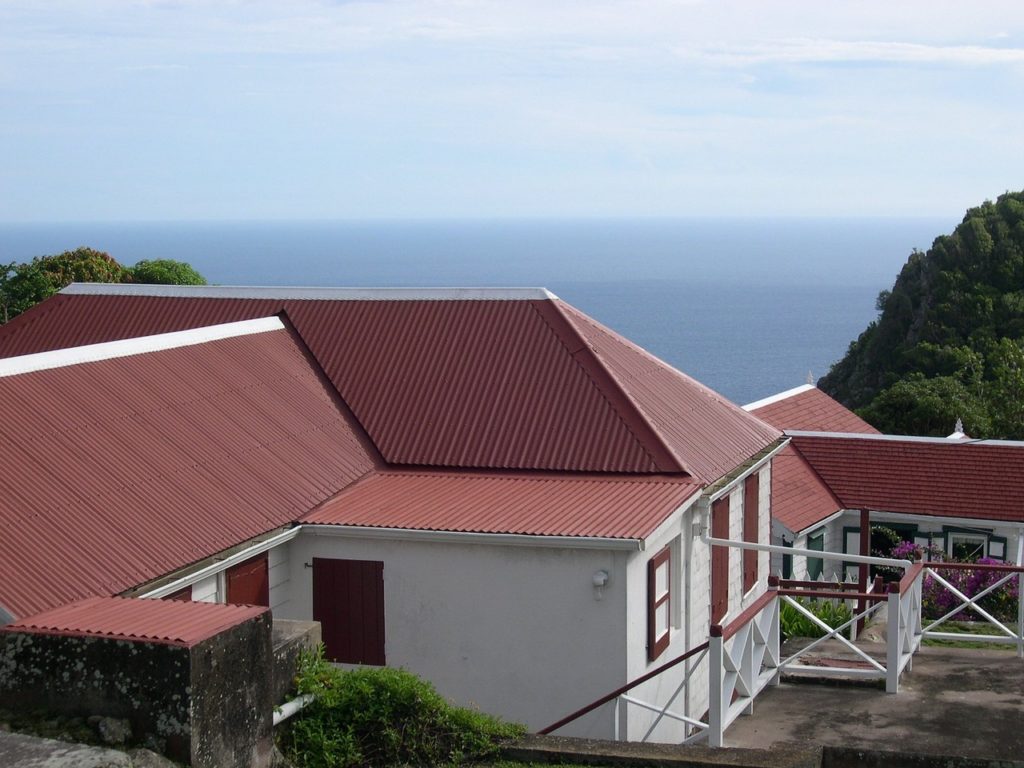

 A process is used to reduce calcium, magnesium, and sometimes manganese in hard water. A softener is a process that chemically
A process is used to reduce calcium, magnesium, and sometimes manganese in hard water. A softener is a process that chemically